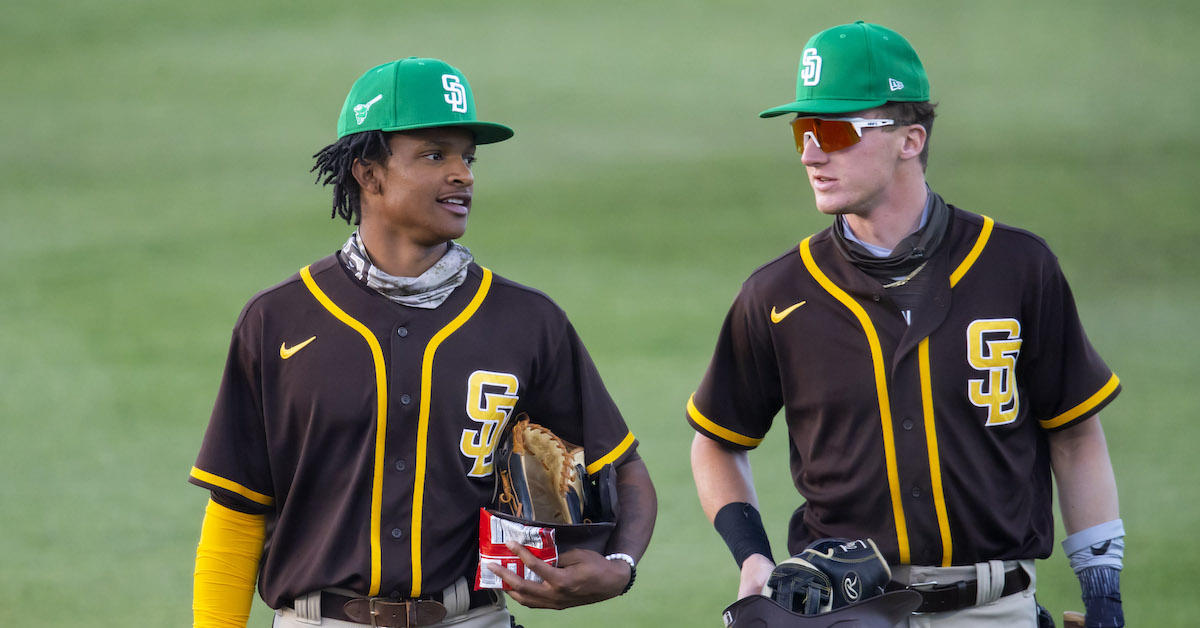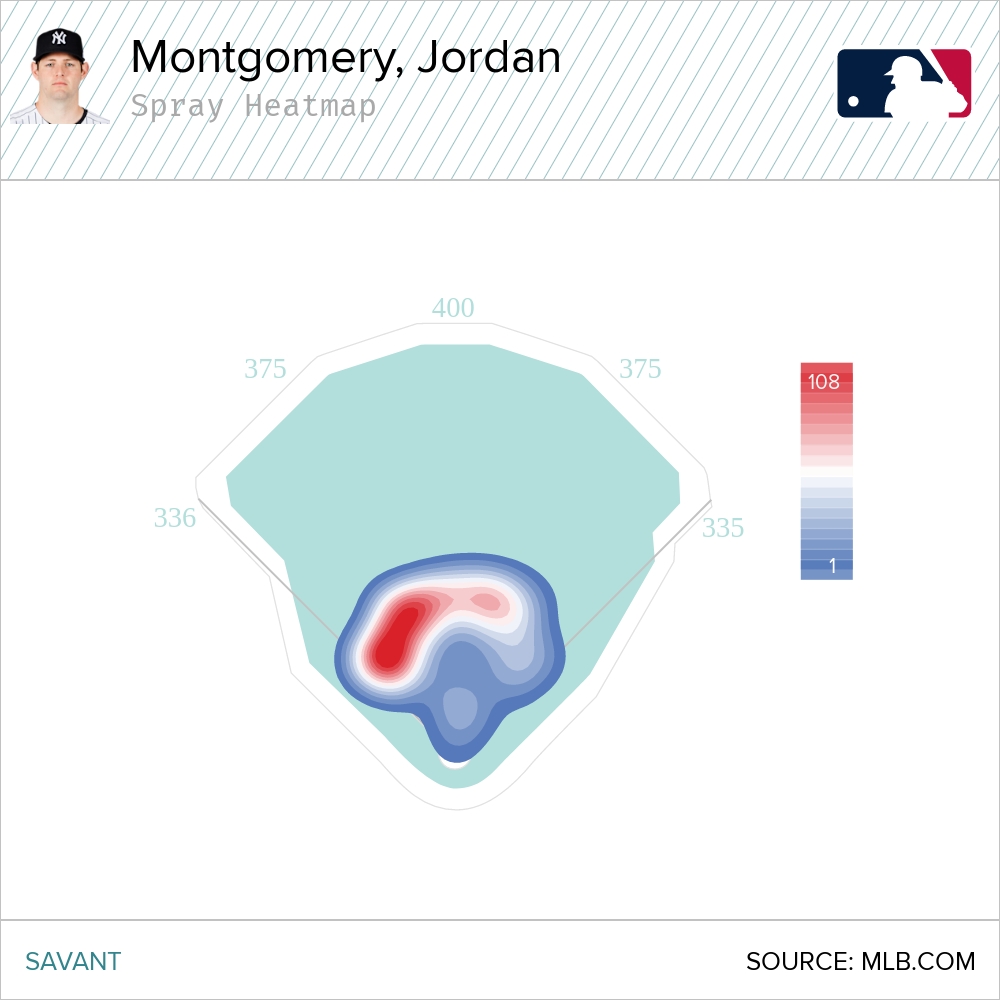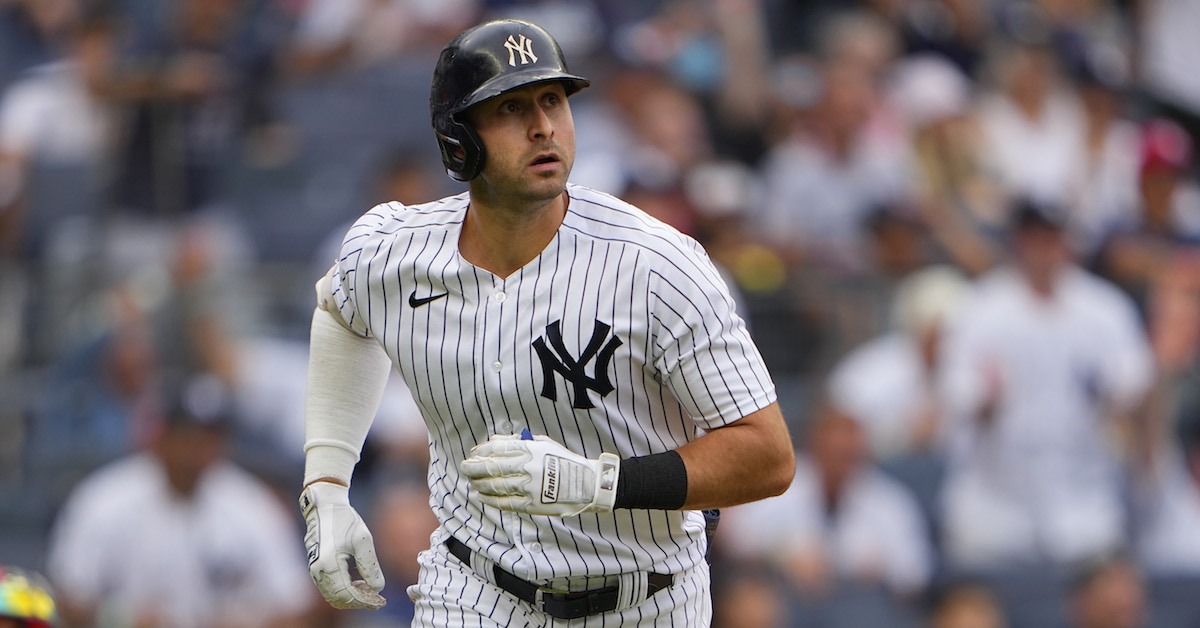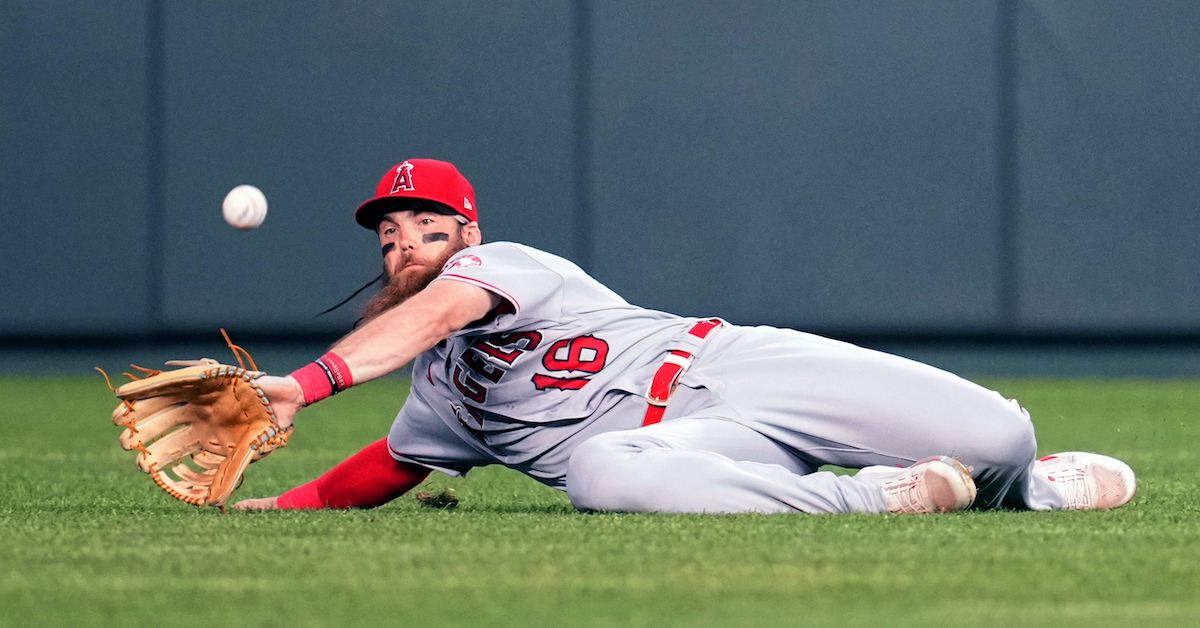Effectively Wild Episode 1884: The Great Trade Deadline Download

After a busy deadline day, Ben Lindbergh and Meg Rowley react to all the trade activity, beginning with a high-level overview of the deadline, a recap of the Rockies’ inactivity (5:28), the Padres’ Juan Soto, Josh Hader, Brandon Drury, and Joe Musgrove moves (13:58) and the mad genius of A.J. Preller, the equally unprecedented nature of the Hader-Taylor Rogers swap (33:42), and the Nationals’ side of the Soto blockbuster (42:03). Then they pause to pay tribute to Vin Scully (53:37), whose death was announced during the recording. With heavier hearts, they return to the trade talk and discuss the Mariners and Luis Castillo (1:03:00), the completion of the Reds and A’s teardowns (1:15:43), the Yankees’ additions (1:20:50), the Astros’ upgrades (1:31:27), the Orioles’ decision to sell (1:36:01), the Twins’ activity in contast to the Guadians and White Sox (1:44:11), what the Cardinals did and didn’t do (1:47:51), the NL East’s moves (1:49:06), the Cubs keeping Willson Contreras and Ian Happ (1:52:56), and the Red Sox, Rays, Blue Jays, Giants, and other teams (1:57:55), plus a Past Blast from 1884 (2:06:45).
Audio intro: Minutemen, “No Exchange”
Audio outro: Dan Bern, “The Golden Voice of Vin Scully”
Link to FanGraphs’ trade coverage
Link to CBS trade tracker
Link to The Ringer’s winners/losers
Link to Ben on Preller in 2020
Link to FG farm rankings
Link to Schmidt’s Rockies quote
Link to Nick Groke on the Bard deal
Link to Dodgers’ Scully announcement
Link to EW episode on Scully
Link to Gallo’s quotes to The Athletic
Link to later Gallo quotes
Link to The Athletic on Mancini
Link to Richard Hershberger’s Strike Four
Link to 1884 story source 1
Link to 1884 story source 2
Link to 1884 story source 3
Link to Facebook post about the EW wiki
Link to “How to Help” wiki page
![]() Sponsor Us on Patreon
Sponsor Us on Patreon
![]() Subscribe to Stathead (Code: WILD20)
Subscribe to Stathead (Code: WILD20)
![]() Facebook Group
Facebook Group
![]() Twitter Account
Twitter Account
![]() EW Subreddit
EW Subreddit
![]() Effectively Wild Wiki
Effectively Wild Wiki
![]() iTunes Feed (Please rate and review us!)
iTunes Feed (Please rate and review us!)
![]() Get Our Merch!
Get Our Merch!
![]() Email Us: podcast@fangraphs.com
Email Us: podcast@fangraphs.com
Podcast (effectively-wild): Play in new window | Download
Subscribe: RSS










